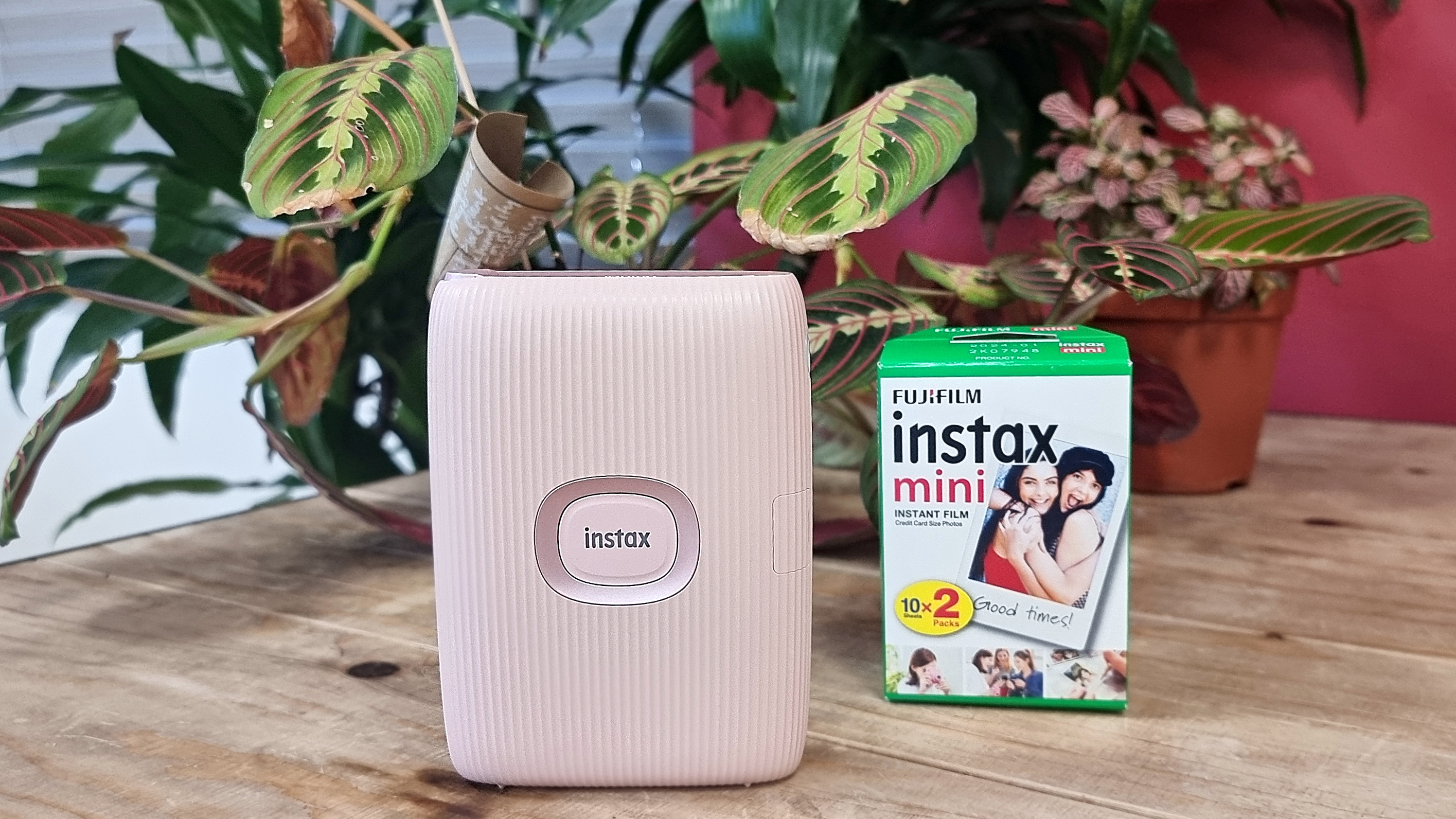Forest photography: how to capture beautiful woodland scenes
Find out how you can up your forest photography game and capture beautiful woodland scenes
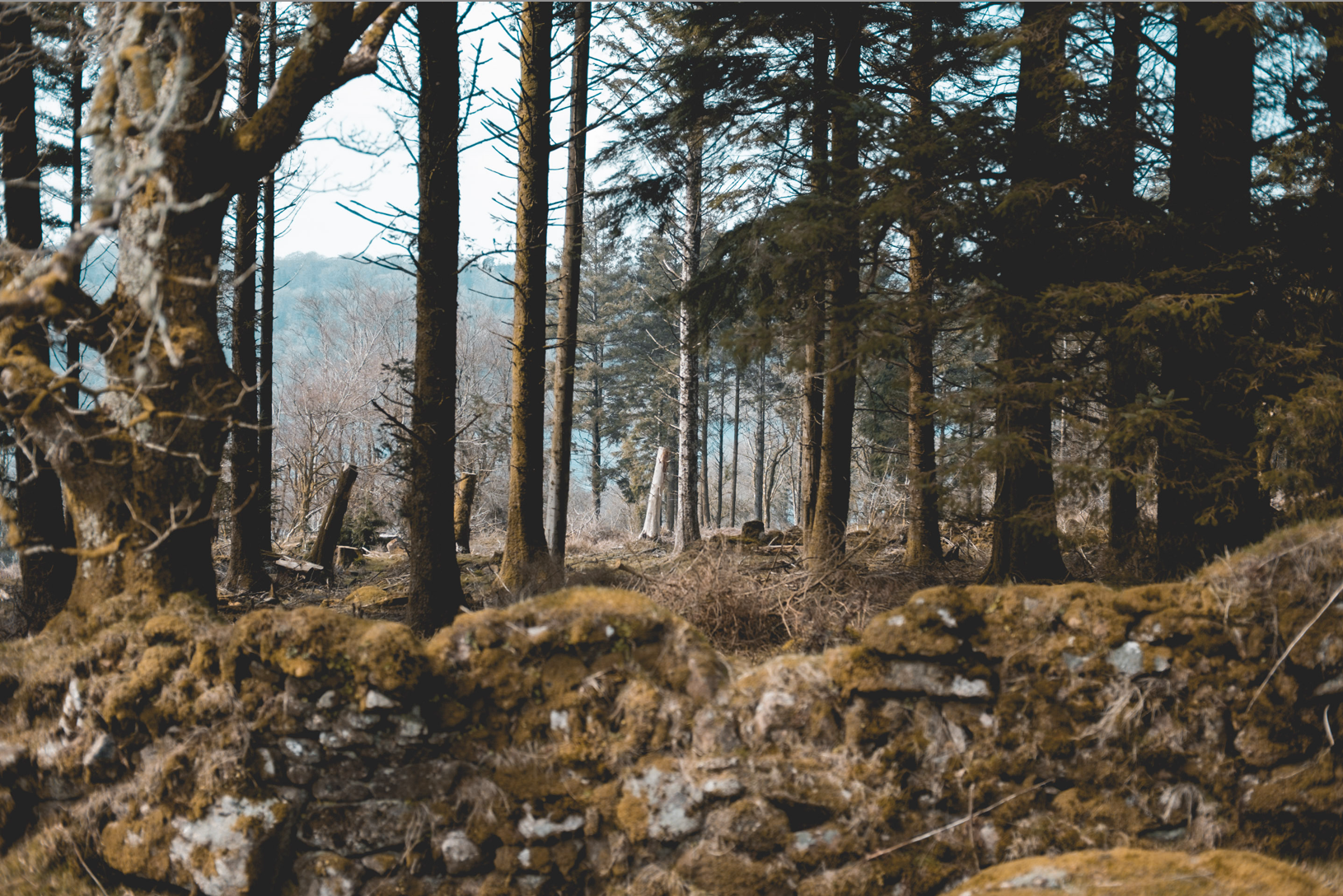
Growing up in Devon in the UK is what sparked my interest in forest photography. I was lucky enough to live a stone's throw from Dartmoor National Park so most weekends were spent exploring the wilderness. From Fenworthy Forest to Bellever Woods, Dartmoor has some stunning woodland that makes for fantastic photos.
My love for photography actually came years after my love for Dartmoor. Since my first camera (a beloved Nikon D3200) I've shot with a Nikon D750, a Fujifilm X-T3 and now I'm onto a Sony A7 III. Over the last 10 years, my photography has become more thoughtful, I’ve shifted from shooting landscapes to people and yet there is something about forest photography that keeps drawing me back. I don’t know if it’s the smell of damp moss, the way light shines through the canopy or the knowledge that I’m surrounded by trees that are hundreds of years old – the forest has always been a grounding place.
• Discover the best lenses for landscape photography
When you’re in a beautiful place it’s easy to take beautiful pictures but it is worth putting a little time and effort if you want to take photos that really capture a place. I’m no expert and I’m not saying that these tips and tricks are the gospel (in fact, some people might completely disagree with me) but here are a few things to think about when taking photos in a forest.
Do some research
Finding the most beautiful spots for forest photography can take a long time but to quote The Girl Next Door - “the juice is worth the squeeze”. The more time you spend on scouting out locations the better your chances of finding less photographed locations that are a little more magical. Keep an eye out for interesting features such as waterfalls, rockfaces or twisted trees.

Expose for the highlights
Forests are inherently contrasty places when it comes to exposure. Whether you shoot in manual, aperture or shutter priority, make sure you expose for the highlights. It's much easier to recover shadows than highlights and when light shines through the trees there’ll be a big difference between the light and dark areas. Don’t get disheartened if your images straight out of the camera don’t look how you envisioned - forest photography really benefits from a bit of processing in one of the best photo editing software.
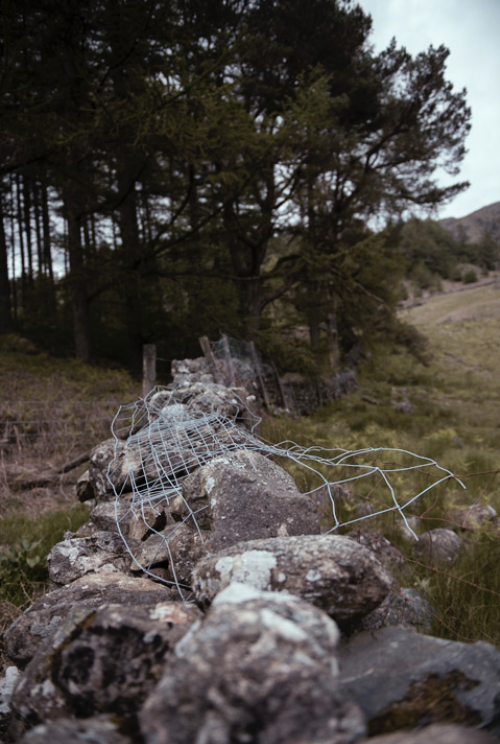
Shoot in Raw
I think this should be a rule no matter what you’re shooting, but Raw images give you so much more flexibility. If you do accidentally under or over expose its so much easier to bring back the shadows and highlights in a raw image than a JPEG so when you’re shooting scenes with a lot of dynamic range, you don’t want to forget to change your file format to raw.
The best camera deals, reviews, product advice, and unmissable photography news, direct to your inbox!
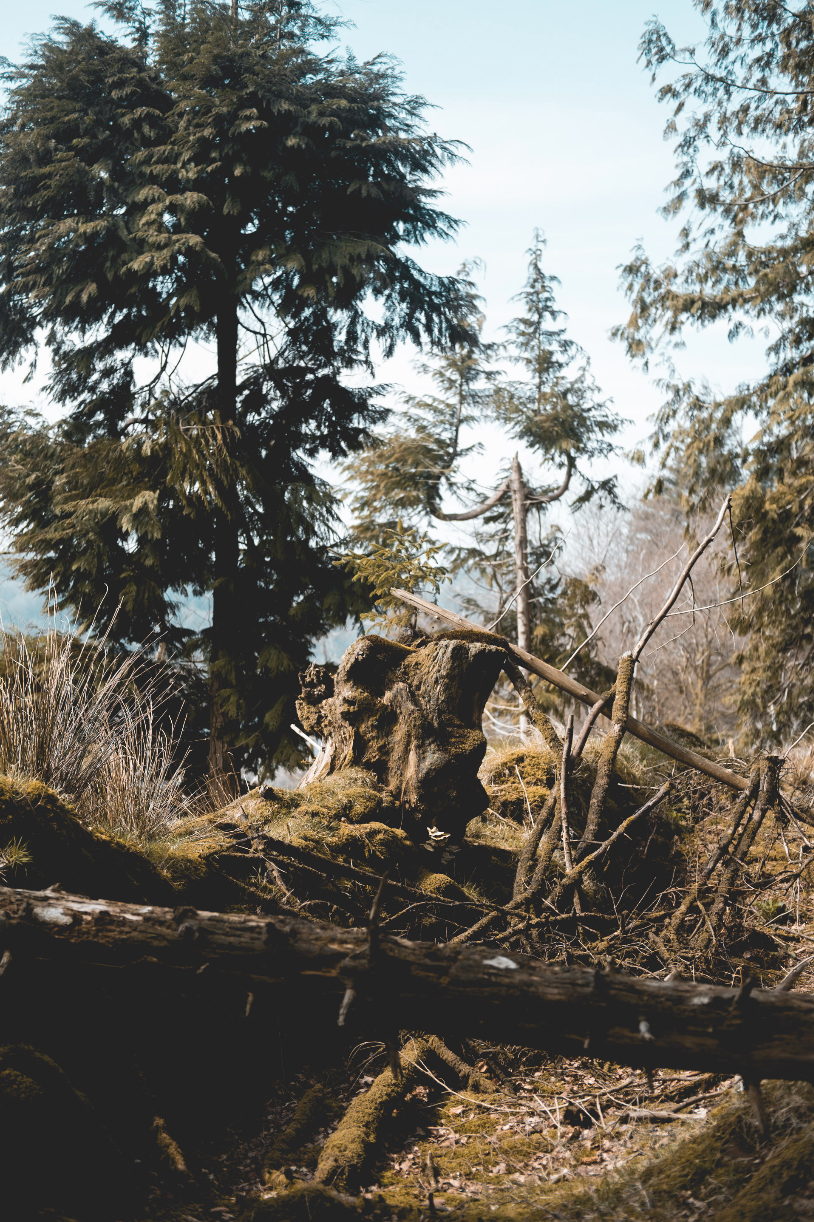
Experiment with composition
I love to experiment with composition when shooting in a forest. Sometimes I get down on my hands and knees and shoot the trees from below so they look like they’re towering over me and other times I like to frame a focal point with its surroundings.
I’m always looking for symmetry, leading lines, or something in the frame that really draws me in. If i'm out with friends, I'll often try and sneakily (or sometimes not so sneakily) take their portrait using the surrounding trees as a frame.
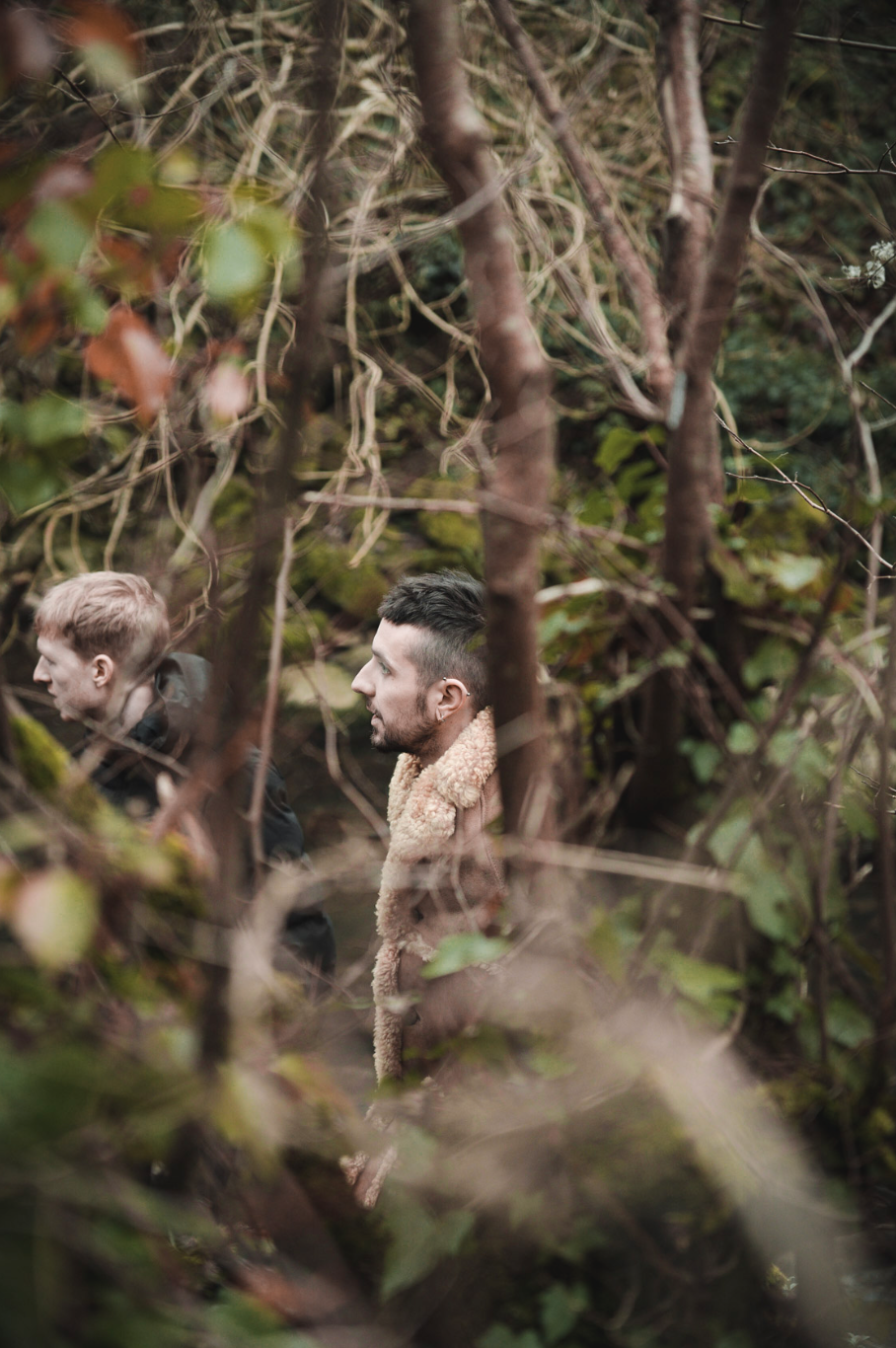
Pack a variety of lenses (if you have them)
There are so many things to capture in a forest, so you'll benefit from a variety of different lenses. Use a macro lens to shoot creepy crawlies or interesting textures you find and switch to a telephoto lens if there is something in the distance you want to focus on – or to compress layers of busy trees.
A wide-angle lens is great for being able to capture an expansive woodland view. The Sigma 16-28mm f2.8 DG DN Contemporary Lens is a good option if you shoot full-frame and paired with the Sigma 28-70mm f/2.8 DG DN you have a big zoom area covered. If you don't have lots of lenses, make do with what you have.
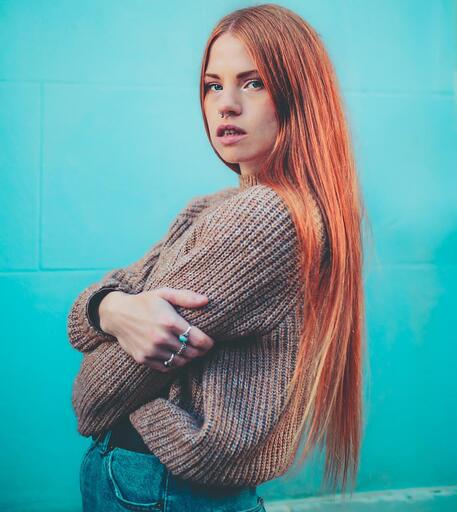
Having studied Journalism and Public Relations at the University of the West of England Hannah developed a love for photography through a module on photojournalism. She specializes in Portrait, Fashion and lifestyle photography but has more recently branched out in the world of stylized product photography. Hannah spent three years working at Wex Photo Video as a Senior Sales Assistant, using her experience and knowledge of cameras to help people buy the equipment that is right for them. With eight years experience working with studio lighting, Hannah has run many successful workshops teaching people how to use different lighting setups.
